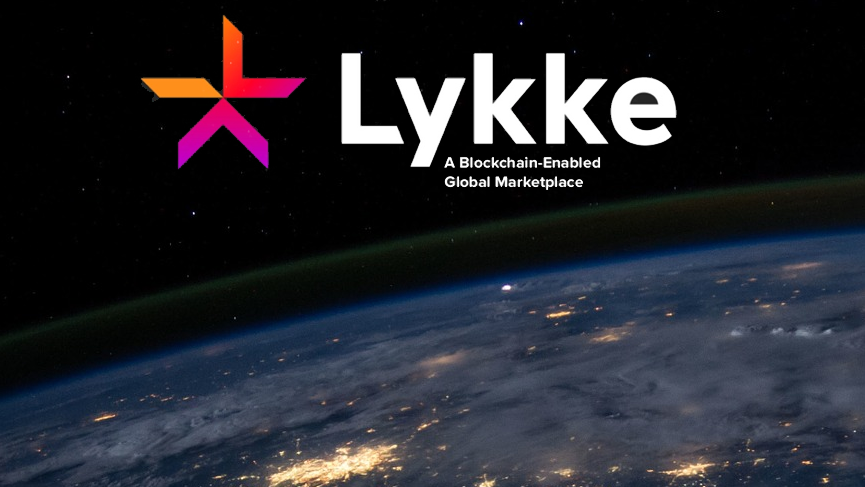Lykke, a Swiss company building a global marketplace based on blockchain, where any sort of financial instrument can be traded and settled peer to peer with second by second interest payments, recently provided an update on regulatory developments of the company in various jurisdictions including the UK, Cyprus and the US.
The Lykke team reported that its multilateral trading facility (MTF) application with the FCA is currently “in the process of completing Lykke’s overarching IT strategy including systems and controls handling. It is understood that all the systems and controls will be in place for the MTF license to be successfully granted later this year.
Yiannis Menelaou, head of Lykke’s Cyprus-based entity managed is also reporting strong progress. The financial services regulator in Cyprus invited Lykke’s representatives to present the Lykke concept directly to them last month.
Yiannis reports that the meeting was hailed as a success by both parties:
“Lykke was able to understand exactly what CySEC is looking for from a regulatory perspective, and CySEC officials now have a much better understanding of the potential underpinning cryptocurrencies and the technology they’re all built on.”
On the Electronic Money Institution (EMI) front, Lykke’s EMI application is now ready to be submitted to the Central Bank of Cyprus (CBC) for authorization. Lykke EMI is designed to facilitate all Lykke’s electronic payments, including all subsidiaries and clients.
Lykke EMI has been earmarked to become a full-scope electronic money and payment institution with a license to operate in the European Union (EU) as well as internationally.
Across the pond, Michael Klena, USA-based Lykke representative said the company is “furiously” focused on getting its operations suitably regulated and launched.
“Lykke’s US Team is having over a dozen conversations with potential business partners to begin a flow of deals as soon as we are approved.”
One key development from the US is the decision to split Lykke’s regulatory burden into 4 or 5 separate “lines” to better align itself with the current structure of US financial regulation which is divided between 4 or 5 different regulators.
The next milestone for Michael is to submit as many regulatory applications as possible by the end of March.
